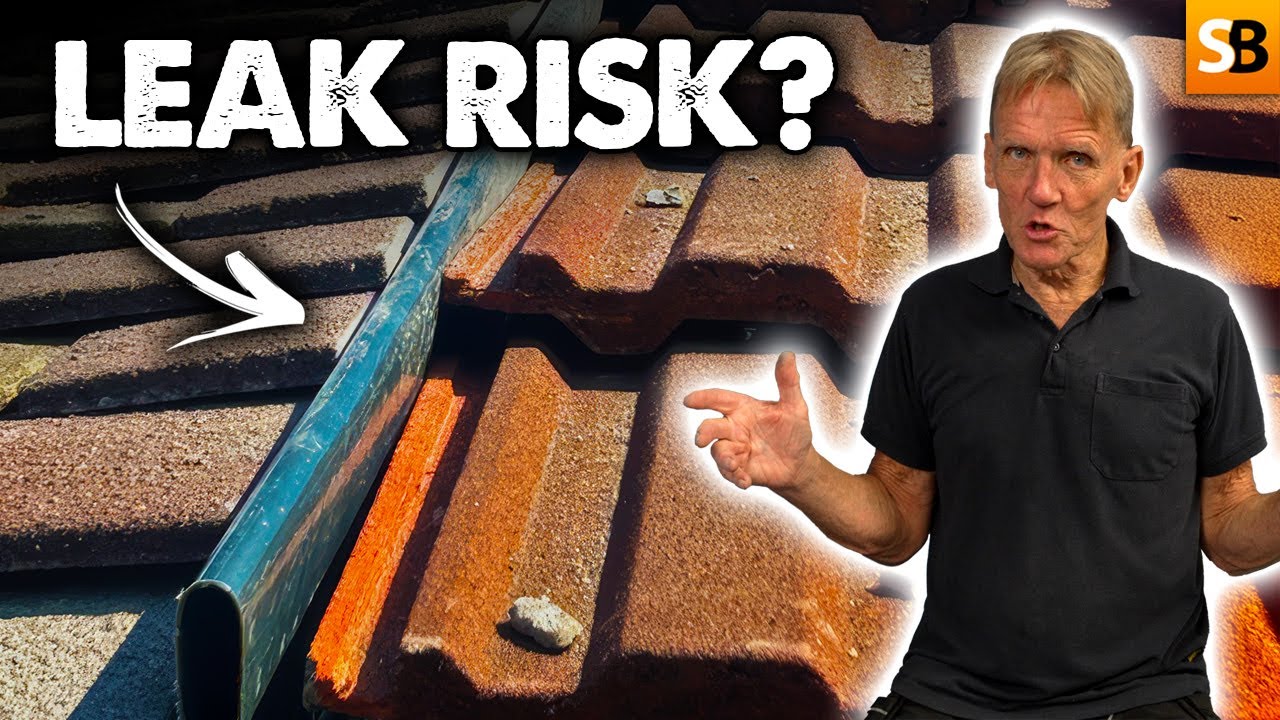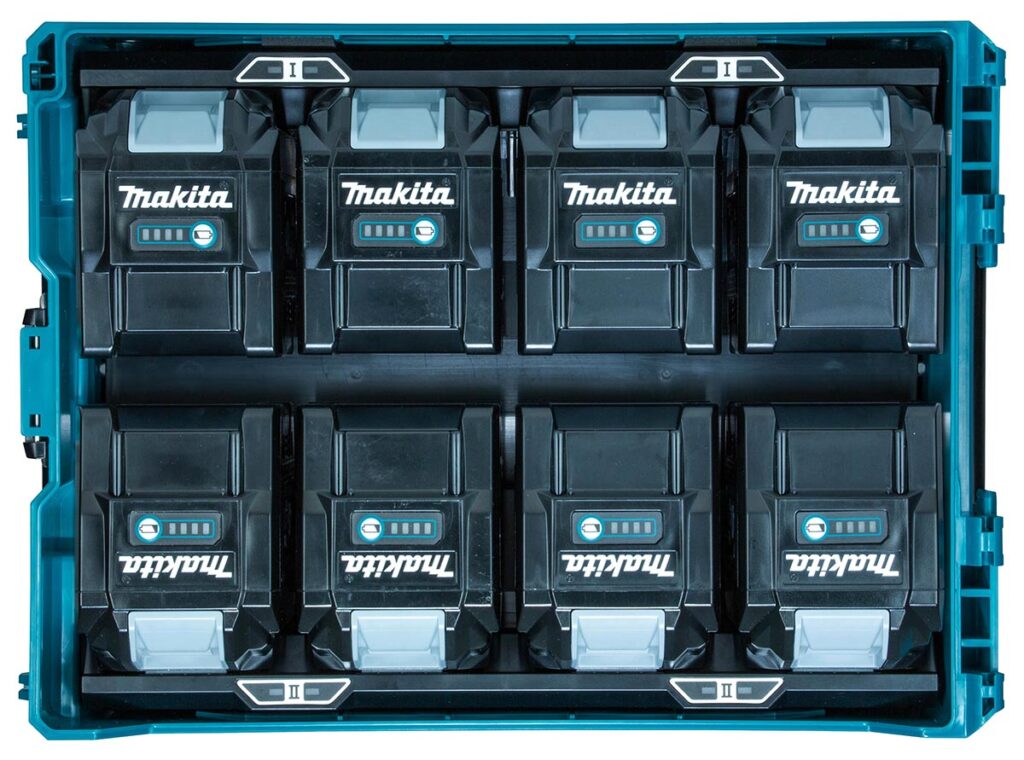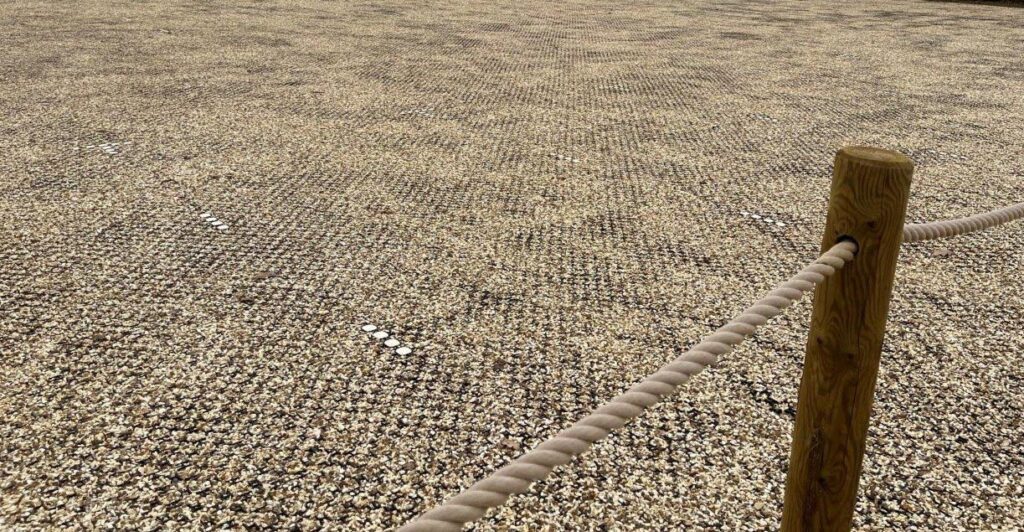The Pallet LOOP, a member of timber and forestry business BSW Group, is proud to announce that another major materials manufacturer has signed up to use its circular economy pallets.
Cemex UK is the latest manufacturer to announce a pioneering partnership with LOOP, becoming the first business in the cement industry to do so, marking a major milestone in its efforts towards sustainable packaging solutions.
From October 2025, the core range of Rugby Cement products bagged at Cemex’s flagship plant in Rugby will be delivered on The Pallet LOOP’s distinctive green pallets – designed for recovery, repair, and reuse.
Cemex is the first cement manufacturer to adopt The Pallet LOOP’s circular pallet system, reinforcing its commitment to sustainability and innovation. This move is part of the company’s broader Future in Action strategy, which aims to achieve carbon neutrality by 2050 through climate action, circularity, and natural resource management.
Vicki Elliott, National Sales Manager for Bagged Cement at Cemex UK, said: “This is a significant step forward for the cement industry. We’ve supported The Pallet LOOP from day one, signing its charter back in 2022. Now, we’re proud to be the first in our sector to integrate this solution into our supply chain. It’s about doing the right thing, as simply as possible – reducing waste, cutting carbon, and helping our customers make more sustainable choices.”

The Pallet LOOP is an award-winning pallet reuse scheme designed specifically for the construction sector. Its model addresses a long-standing issue in construction logistics: the single-use pallet. Historically, fewer than 10% of pallets in the sector have been reused, generating over 250,000 tonnes of wood waste annually. LOOP’s green pallets are FSC-certified, built for multiple trips, and backed by a nationwide collection service that offers Rugby Cement customers financial incentives for returns.
Cemex’s adoption of LOOP pallets will begin with its core Rugby packed product range; Premium Cement (paper and plastic bags); High Strength; and Sulfate; with plans to expand across the full portfolio in future phases.
Elliott added: “This partnership reflects our belief that small steps toward circularity can make a big difference. We’re excited to work with our customers and partners to drive positive change across the industry.”
Andy Williamson, Managing Director at The Pallet LOOP, said: “This agreement shows how forward-thinking manufacturers such as Cemex are reimagining their supply chains, not just for efficiency, but for positive environmental impact. By choosing our circular economy pallets, Cemex is proving that sustainability and smart business can go hand in hand. They join a growing number of material manufacturers that are now using our pallets to great effect – driving benefits for their business and their customers. We’re excited to get pallets rolling for Cemex early next month, marking another major step forward in changing how materials move across the UK construction industry.”
For more information on Cemex’s sustainability strategy, visit https://www.cemex.co.uk/future-in-action. To learn more about The Pallet LOOP, visit www.thepalletloop.com































